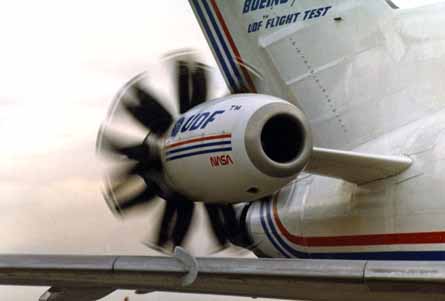Engine maker re-evaluates ultra-high-bypass technology to power next-generation Airbus and Boeing single aisles
The prospect of a propfan-powered airliner has been revived, with Safran Group revealing that it is evaluating unducted fan technology as a possible powerplant for the next generation of single aisles.
Snecma parent Safran's newly created Aerospace Technologies division has been charged with honing engine advances for the new single-aisle aircraft under development by Airbus and Boeing. Headed by former Snecma Propulsion Solide chairman and chief executive Michel Laroche, Aerospace Technologies has been created to steer, channel and harvest Safran's development work for the market. It will sit alongside Safran's Research and Technologies division, which finds and develops emerging concepts.
"The next-generation engine is something we are going to put a lot of energy into," says Laroche. "We expect this engine and aircraft to be in operation in 2015, maybe later, depending on how customers require this product," he says.
|
|---|
| Could a UDF power the next Airbus or Boeing narrowbody? |
One of Safran's key challenges will be to forecast the future market priorities and trade-offs on which the new engine will be based. It will have to meet the needs of airframers, airlines, environmental and noise regulations, political decisions and passengers.
"What we may look at is a high-speed unducted fan. Of course, with the unducted fan, we would need to drive the noise down - or we could go with a very high bypass engine," Laroche says.
All the major civil airframers considered adopting unducted or "ultra-high-bypass" engine technology in the 1980s. Boeing and McDonnell Douglas teamed with General Electric and Snecma to evaluate the technology, culminating in flight testing of the General Electric GE36 UDF on a Boeing 727-100 and an MD-80.
However, the relatively low price of fuel at the time meant that potential hurdles such as noise and reliability concerns prevented the technology from being adopted.
Laroche says that Safran has two years to "do its homework", evaluating the priority and performance trade-offs, so that it can be ready by early in the next decade.
Related sites:
Flight's engine directory
Airbus
Boeing
Source: Flight International
























